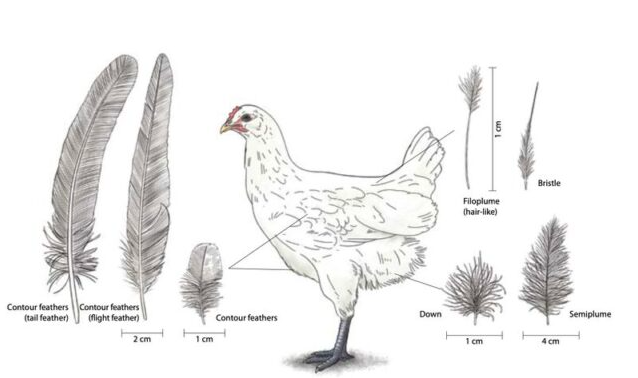The poultry industry needs urgent reforms (GS Paper 3, Environment & Health Issue)

Context:
- India’s environmental laws and regulations must reflect what the public health crisis is showing us: that animal welfare is closely interlinked with public health, ecosystem health and biodiversity conservation — the One Health principle.
Historical background
- The first H5N1 infection spilt over to humans directly from chickens in Hong Kong in 1997.
- In India, the first H5N1 patient was reported in Maharashtra in 2006.
- An outbreak in December 2020 and early 2021 spread across 15 States.
- This pathogen has crossed many species barriers, causing mortality among the polar bears in the Arctic and seals and seagulls in Antarctica.
- With humans, the World Health Organization (WHO) estimates the fatality rate for H5N1 at 52%, based on the 463 deaths recorded since 2003 among the 888 people diagnosed with the virus.
Avian influenza
- Avian influenza, or bird flu, is a highly contagious viral disease of birds caused by the influenza A viruses.
- It was previously known as “fowl plague” and was recognised as an infectious disease of poultry in Italy as far back as 1878.
- Although avian influenza A viruses occur naturally among wild aquatic birds worldwide, they are also known to infect other animals, including ducks, chickens, turkeys, pigs, whales, horses, seals, dogs and cats.
- Exposure to animal influenza viruses can lead to infection and disease in humans – ranging from mild, flu-like symptoms or eye inflammation to severe, acute respiratory disease or death.
Scale of the biosecurity issue
- Almost all cases of human infection with avian influenza A (H5N1) have been linked to close contact with infected birds, or contaminated environments.
- These contaminated environments are created by cramming chickens in wired cages, or ‘battery cages’, in high densities.
- The resultant air quality and waste problem has a significant footprint in India due to the odour, particulate matter, and other greenhouse gas emissions.
- For instance, antibiotics are regularly given to birds as a prophylactic and as growth promoters so that more animals can be grown for greater profit.
- Experts predict the rising demand for protein will cause a surge in antibiotic use in livestock.
- Several antibiotics classified as critically important and highly important by the WHO are widely sold to farmers for preventative use.
- Animals are heavily stocked in unsanitary conditions.
- Not only does this have a detrimental effect on the welfare of animals and the health of those who consume the food derived, but also on the people working at these facilities and residing in the vicinity.
- The impact of the emissions in the atmosphere, effluents in the water systems, and solid wastes in the soil generated by these industries is felt by humans, other animals, and the environment.
- The faecal matter generated at these facilities is collected periodically by local farmers for use as fertilizer but the amount of piled-up manure exceeds the carrying capacity of the land and becomes a pollutant.
- Farmers complain of their crops getting damaged and piles of waste becoming a breeding ground for disease vectors such as flies.
- Residents are compelled to adopt measures such as spraying insecticides inside homes, leading to breathlessness and a nauseating smell.
Path to legal reform
- Keeping animals in intensive confinement constitutes a crime under the provisions of the Prevention of Cruelty to Animals (PCA) Act, 1960.
- Moreover, the operational activities at these industrial facilities cause unnecessary pain and suffering to the animals because of mutilation, starvation, thirst, overcrowding, and other ill-treatment, which is also a violation of the PCA Act.
- The Central Pollution Control Board (CPCB) has classified poultry units with more than 5,000 birds as a polluting industry that requires compliance and regulatory consent to establish and operate.
- The 269th Law Commission of India Report in 2017 placed on record a representation by the Tata Memorial Centre that contained evidence that non-therapeutic antibiotics given to poultry cause antibiotic resistance since living conditions are unhygienic.
- It further said that with more open, cleaner, and ventilated living spaces, animals are less likely to need constant antibiotics, making their eggs and meat safer for consumption.
- These rules laid down guidelines as per existing laws and international best practices for animal care, waste management, and antibiotic use, among others.
- However, the Draft Rules for the egg industry released by the Ministry of Agriculture and Farmers’ Welfare in 2019 are weak and tokenistic.
Way forward
- Strict oversight for compliance and enforcement of environmental regulations is the need of the hour, given the CPCB’s reclassification of the poultry industry as a highly polluting ‘orange category’ industry.
- In light of the bird flu public health crisis and the climate emergency, it is crucial for the situation to be addressed.


